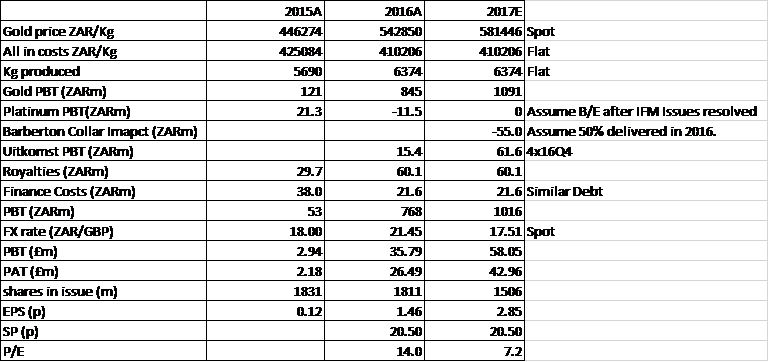The temptation to break your own rules when investing is immense. But there’s a lot of evidence which suggests that sticking to a set of buying and selling rules over a long period is one of the best ways of generating decent returns.
The proof of the pudding can be found in the exceptional long-term returns of disciplined, methodical investors such as Warren Buffett, David Dreman and Jim Slater.
Indeed, if you’re interested in seeing how a Buffett-inspired value and quality approach can be applied successfully to the UK stock market, I’d strongly recommend reading Strategies Editor Ben Hobson’s new interview with fund manager Keith Ashworth-Lord. Keith runs the Sanford DeLand UK Buffettology Fund which made 27% in 2015, pushing it to the top of the IA All Companies sector.
Should I tweak my screen?
In my case, the temptation to tweak the rules of my Stock in Focus screen in order to broaden the potential pool of buy candidates is stronger than ever this week.
I’ve mentioned before how steep valuations and limited earnings visibility have caused a big drop in the number of stocks qualifying for my SIF screen. A high valuation means that my requirement for an earnings yield (EBIT/EV) of 8% or more isn’t satisfied. Poor earnings visibility means that earnings growth metrics are too weak.
Because companies must qualify for my screen before they can join the SIF portfolio, finding new buys is difficult at the moment. The number of stocks qualifying for the screen has hit a new low of three this week.
Of these three, Somero Enterprises and BAE Systems are already in the portfolio. The third stock is a Russian energy firm which I feel is probably outside my circle of competence.
Of course, when building a portfolio, there is rarely any rush. There’s certainly no need to buy a new stock every week. However, I’m keen to understand how market conditions are affecting the number and type of stocks qualifying for the screen.
To satisfy my curiosity, I’ve been experimenting with the screening rules. I wanted to know if there was a single requirement that was blocking otherwise attractive companies. I’ve discovered that many companies which would otherwise qualify are being excluded because they’ve underperformed the market this year.
This underperformance is reflected in a negative 1-year relative strength figure (RS 1y). My screen specifies that this should be…







